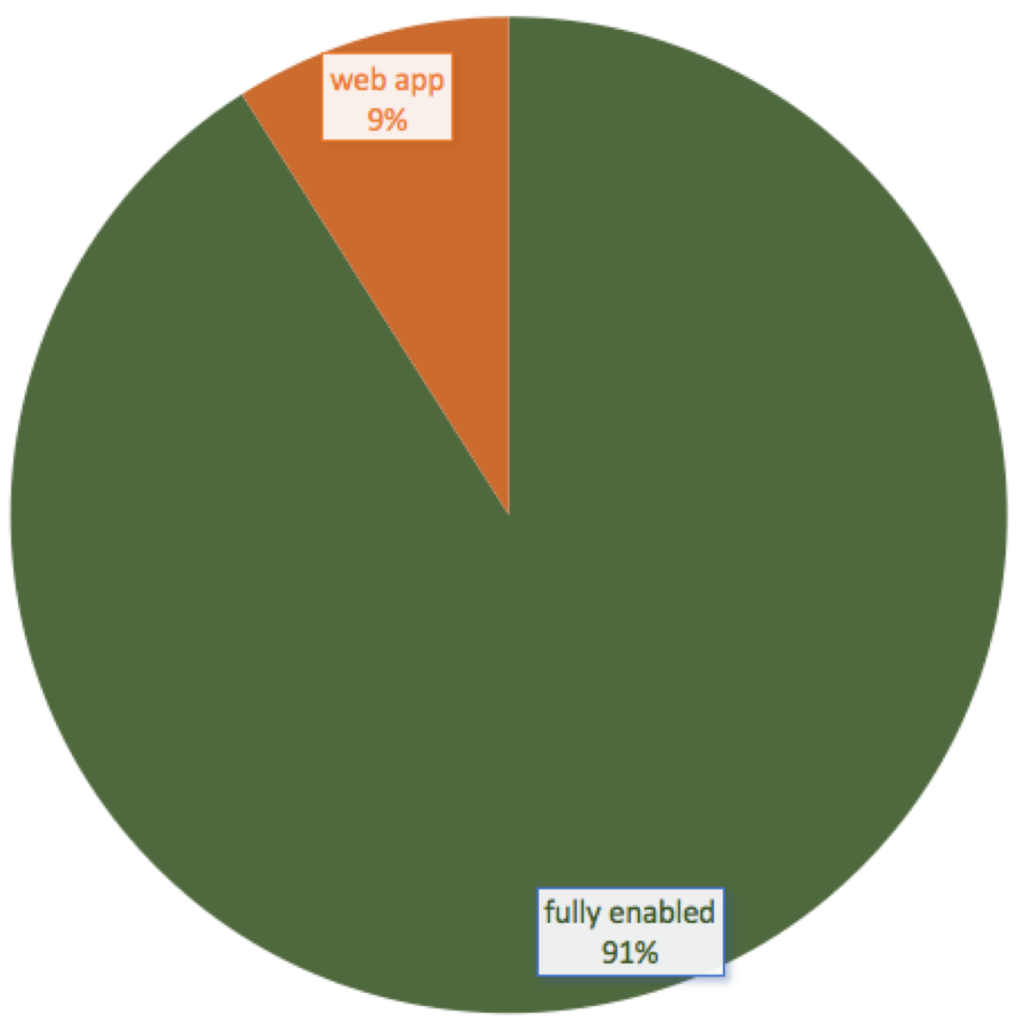
Project
User experience/user interface (UX/UI) design and copy for a scavenger hunt game app
Scope
Write the copy and design the UX and UI for a scavenger hunt game app, including original assets
Project Brief
The target audience was 18-40 year olds, but players may cover a wider age range. Players may be individuals, teams, friends, or colleagues. The mobile-first responsive design must enable players to use the app on the go.
Problem
Create a fun way for gamers to engage with friends (or meet new people) in a platform that allows them to interact in person.
My idea was a game that allows players to build scavenger hunts in three platforms: by linking to the Geocaching app and adding missions to find Geocached items, by linking to travel guide apps to hunt for local landmarks, or by using customizable templates.
Tools
Adobe XD, Balsamiq, Sketch, Figma (final design in Sketch), Conceptboard, Prott, InVision, Microsoft Visio
My Role
I was responsible for the entire design process. This included
Files
See the PDF of the design file (all screens; some elements do not render to the PDF from the Sketch file)
See the Sketch design file (all screens and elements)
Sample Competitor Analysis
Let’s Roam
Let’s Roam is a scavenger hunt app that allows players to purchase pre-planned scavenger hunt games in many major cities. The developers have partnered with many city chambers of commerce and tourism bureaus to promote those cities by engaging in scavenger hunts with the app.
Geocaching
Geocaching is a world-wide gaming experience in which players hide – or cache – objects and log them in the game using GPS coordinates. Other players then use clues and coordinates to find cached objects.
Sample Gap Analysis
Let’s Roam
Let’s roam does not allow users to customize the game in any way and is only available in specific cities. Players may request customized games from the developers if they provide sufficient advance notice.
Geocaching
The Geocaching app does not have a mechanism for grouping objects into an organized hunt or for for forming teams. Though players log their finds in the app, the game also does not have a mechanism for competing with individuals or teams.
Methods
I used an unmoderated user survey and moderated user interviews.
The survey deployed on SurveyMonkey and consisted of 6 questions. 26 potential players responded.
The interview consisted of 5 questions, plus 2 follow-up questions. I interviewed 5 potential players.
Unmoderated User Survey
Question 1
How often do you use an outdoor activity app (Geocaching, scavenger/treasure hunt, fishing, hiking, Pokemon GO, etc.)?
If you do not currently use an outdoor activity app, how likely would you be to try one if it caught your attention?
Responses
~54% have used an outdoor activities app
41% used an outdoor activities app 1-6 times/year
Only one respondent used an outdoor activities app 4+ times/month
49% were likely or very likely to use an outdoor activities app in the future
Question 3
When you use (or if you started to use) an outdoor activity app, what features do you (or would you) use most? Please choose all that apply.
Responses
88%: GPS location/map
64%: logging/tracking results
60%: prepared experience
44%: creating an experience from a template
40%: inviting friends
24%: creating an experience from scratch
16%: sharing results
8%: joining a pick-up game
Question 4
When you use an outdoor activity app, do you prefer that the app be fully enabled, or are you willing to set up your activity on a web app (a website that syncs with the mobile app)?

Responses
91%: fully enabled
9%: web app
Question 5
Please list up to 5 things that you like about your outdoor activity app — or any app that you use.
Responses
Intuitive, easy to use and navigate
Access to resources and help
Interactive and engaging
Rewards
Question 6
Please list up to 5 things that you do NOT like about your outdoor activity app — or any app that you use.
Responses
Hard to use or navigate, not intuitive or user-friendly
Repetitive pushes
App failure
High cost
Moderated User Interviews
Question 1
How often do you use outdoor activity apps (Geocaching, scavenger/treasure hunt, fishing, hiking, Pokemon GO, etc.?
Question 2
When you use these apps, what sort of activities are you doing?
Question 3
Would you try a scavenger hunt game? Why or why not?
Responses
All interviewees have used or currently use currently use or have used an outdoor activity app; frequency varies from daily to 2–3 times/year.
Responses
Most interviewees use these apps for camping, hiking, fishing, and exploring state and national parks. The daily user plays Pokemon GO.
Responses
None of the interviewees has used a scavenger hunt app. Most would try a scavenger hunt app given the right environment.
Question 4
Thinking about using a scavenger hunt game — and the features you like in other apps, what features do you imagine you would use?
What features would you not use?
Question 5
Of these features, which three are most important to you?
Responses
The most common features interviewees would use are the platforms for creating a game and GPS location.
The least common feature interviewees would use is social sharing.
Responses
The most common must-have feature interviewees want is a GPS locator/map.
Methods
I used a moderated remote usability test, which I recorded using Zoom (with each participant’s written consent).
6 potential players used a link to Zoom and an Adobe XD prototype file to participate.
The participants performed 6 primary tasks. If time permitted, they also performed 4 secondary tasks. Participants rated their satisfaction with each task on a scale of 1 to 7, with 1 being very hard and 7 being very easy.
Primary Tasks
Task 1: Pretend that you’ve created an account and logged in. Now you’ve landed on the home screen, and you want to start building a scavenger hunt. What would you do from this screen?
Task 2: Describe what you would do in each section on the screen to start a game to build.
Task 3: Pretend you’ve named and saved a game with a password, etc. Now you want to start building the game. How would you find the game you just saved?
Task 4: In this app, you can build a scavenger hunt
Please choose which one you want to use and tell me what you would do to implement that choice.
Task 5: Now you’re on the screen where you start adding missions to your game. Please describe how you might add objects and clues (missions) to your game.
Task 6: Pretend that you’ve finished setting up your game. Now that your game is ready, you want to invite friends to play. Please try to do that.
Open-ended questions:
Do you have any questions?
Do you have any suggestions?
Secondary Tasks
Task 1: Going back to the home screen, again pretend you’ve created an account and logged in. Your friend Maggie has invited you to join her scavenger hunt. How do you accept her invitation?
Task 2: You’ve accepted Maggie’s invitation. Now how do you join her game?
Task 3: Please describe how you would start playing the game, then click on the buttons you think will accomplish that.
Task 4: You’ve found the first mission in your game. What are your next steps?
Outcomes
I used satisfaction metrics and an affinity diagram to identify 8 errors, then used Jakob Nielsen’s rating scale to classify the errors – then I iterated my design based on test outcomes feedback.
Satisfaction Metrics
Affinity Diagram
Neilsen Ratings
Logo
Colors
Typography
Iconography
This design project is complete, but I have a few wish list items I would add.
I would apply animation to a few elements. For example, the globe icon might spin, the photos icon might shuffle, and the leaderboard stars might shoot off like fireworks.
I would also apply and refine a photo background to many of the screens, such as the intro, home, game setup, mission source, and game results screens.
Finally, while I completed all the screens in the project brief, those are clearly not all the screens that would be required if the app is developed.
The most important things I learned while designing this app: